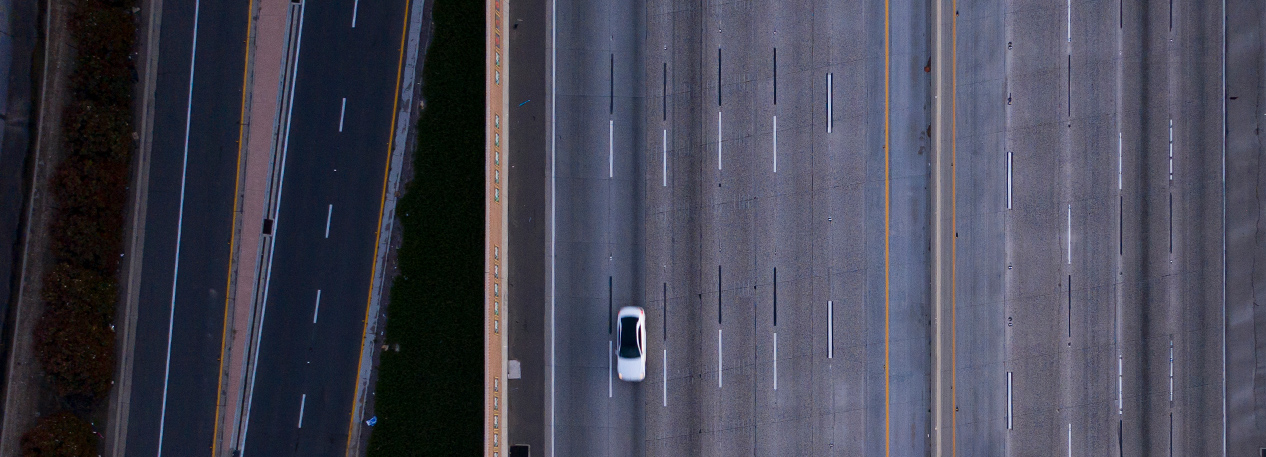As COVID-19 swept the nation, policymakers sought to limit its spread by restricting mobility. State and local governments issued stay-at-home orders, closed nonessential businesses, and limited mass gatherings. How effective were these policies at limiting mobility and, by extension, slowing the spread of the virus? To find out, we examined the aggregate movement of cellphones over the course of the outbreak. We then analyzed how travel patterns changed in terms of both how much and where people traveled.
Unsurprisingly, overall travel declined significantly as the number of cases grew. By comparing counties, we found that overall travel declined in response not just to government orders but also to the number of cases locally and in nearby counties. Moreover, people’s travel patterns changed in ways that limited their exposure. They reduced mobility overall as cases rose locally, but they also traveled less to locations with a high number of cases. Our measures indicate that this limited people’s overall exposure and reduced the spread of the coronavirus. We conclude that providing clear and timely information about the geography of the outbreak should be a policy priority.
This article appeared in the Third Quarter 2020 edition of Economic Insights. Download and read the full issue.
View the Full Article